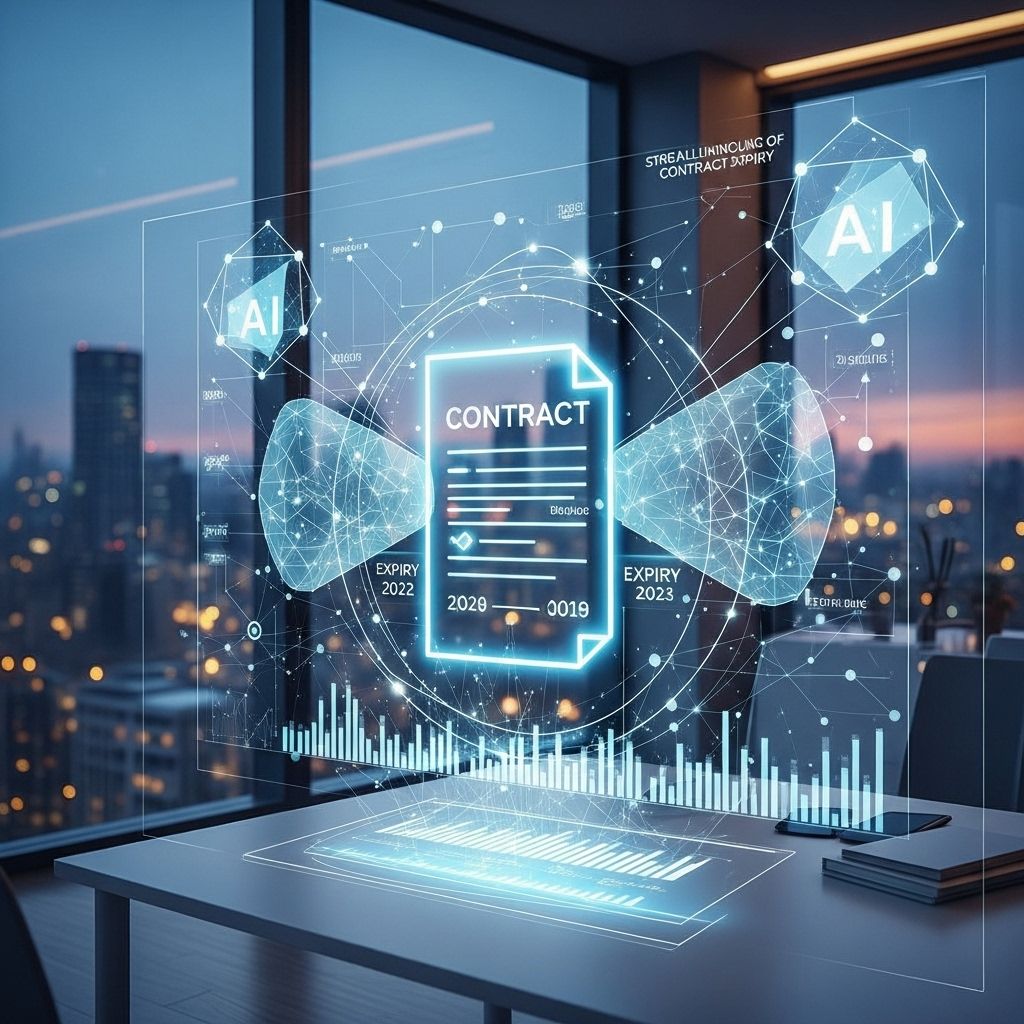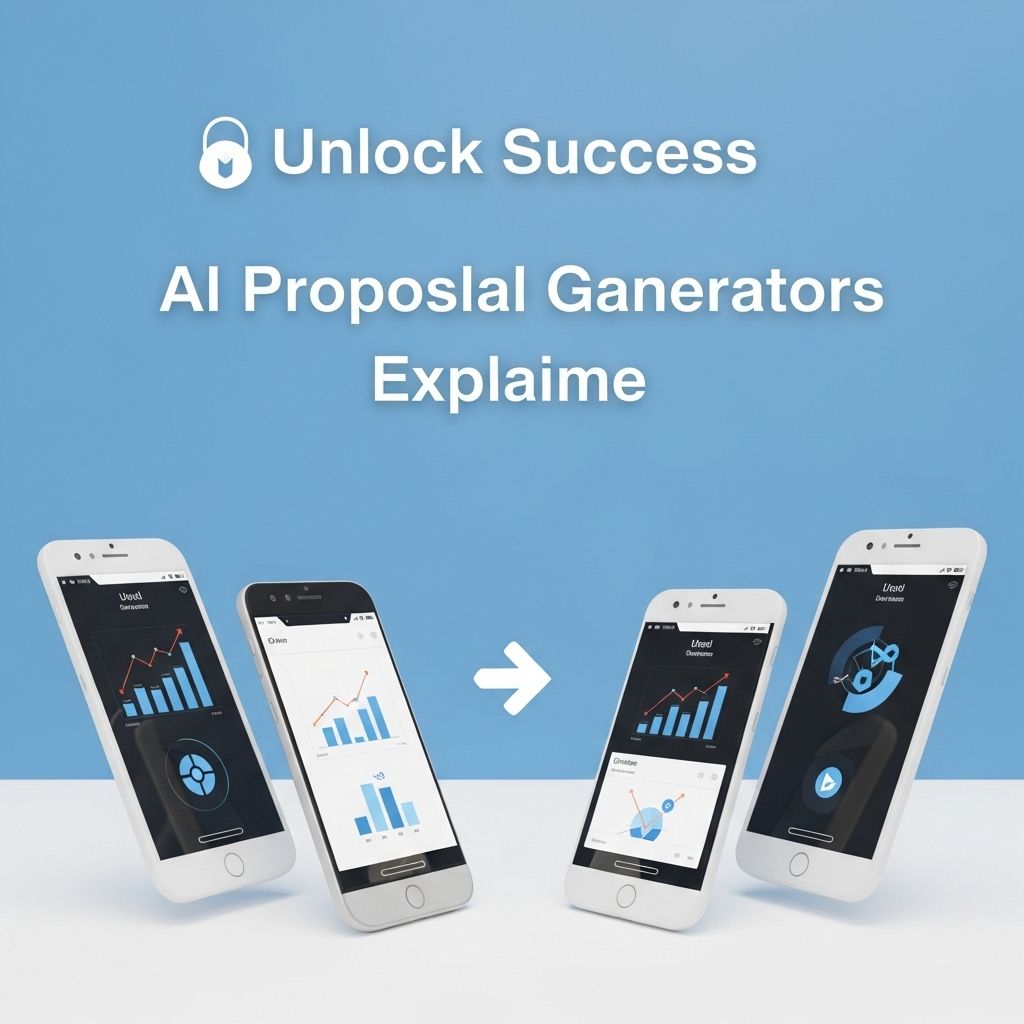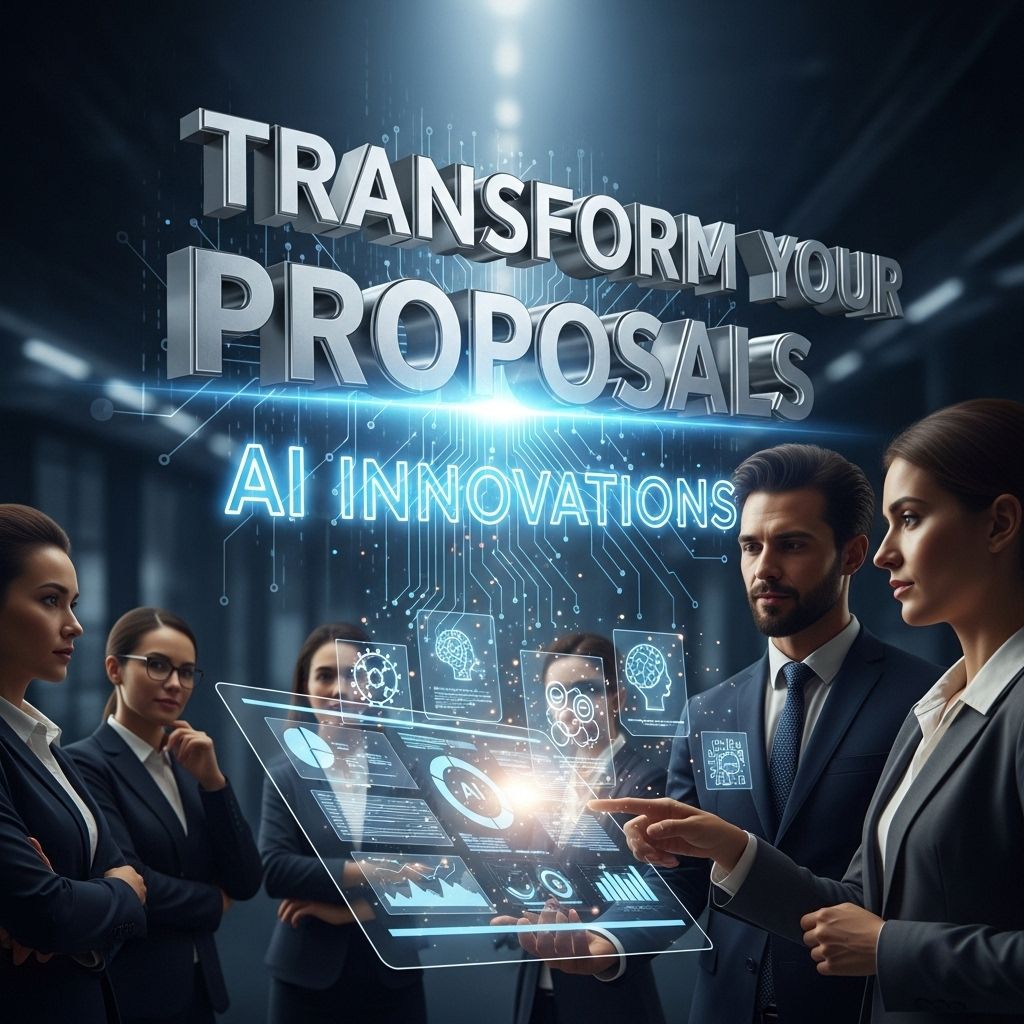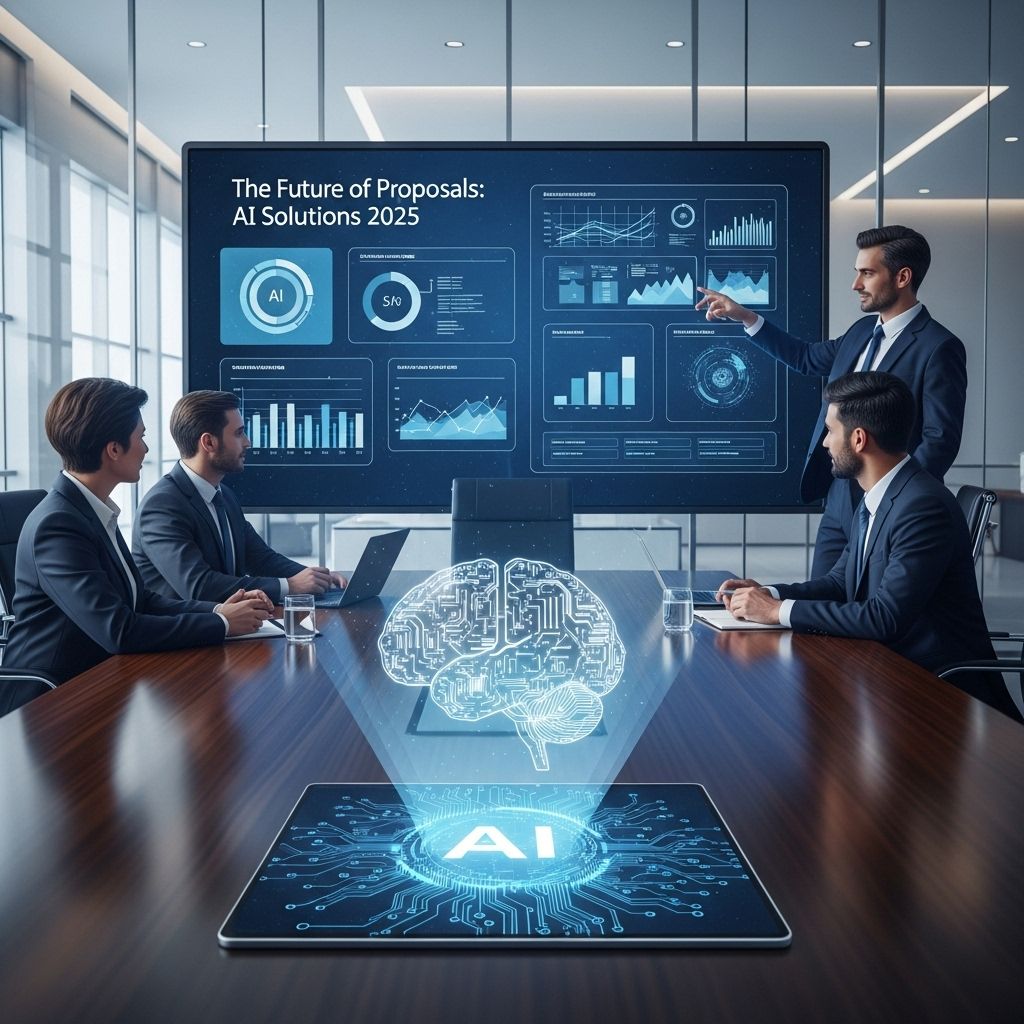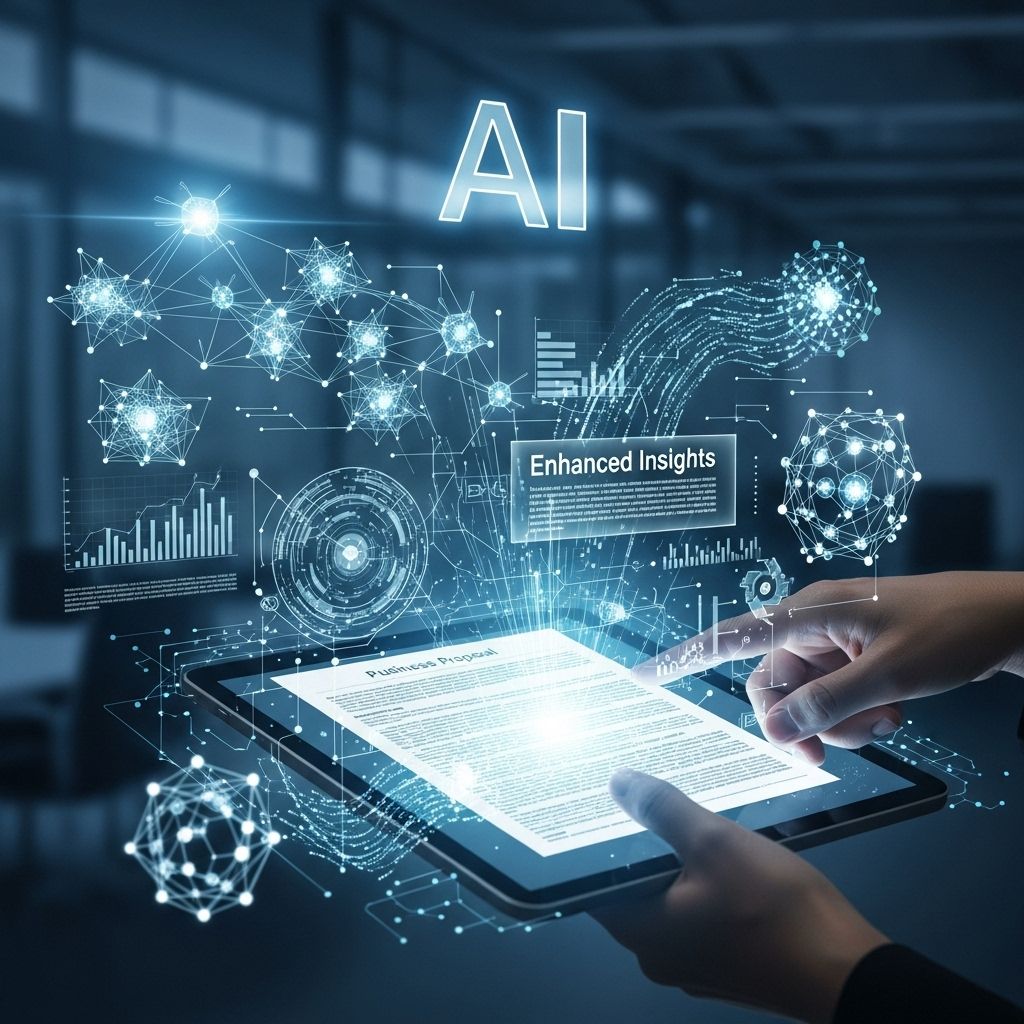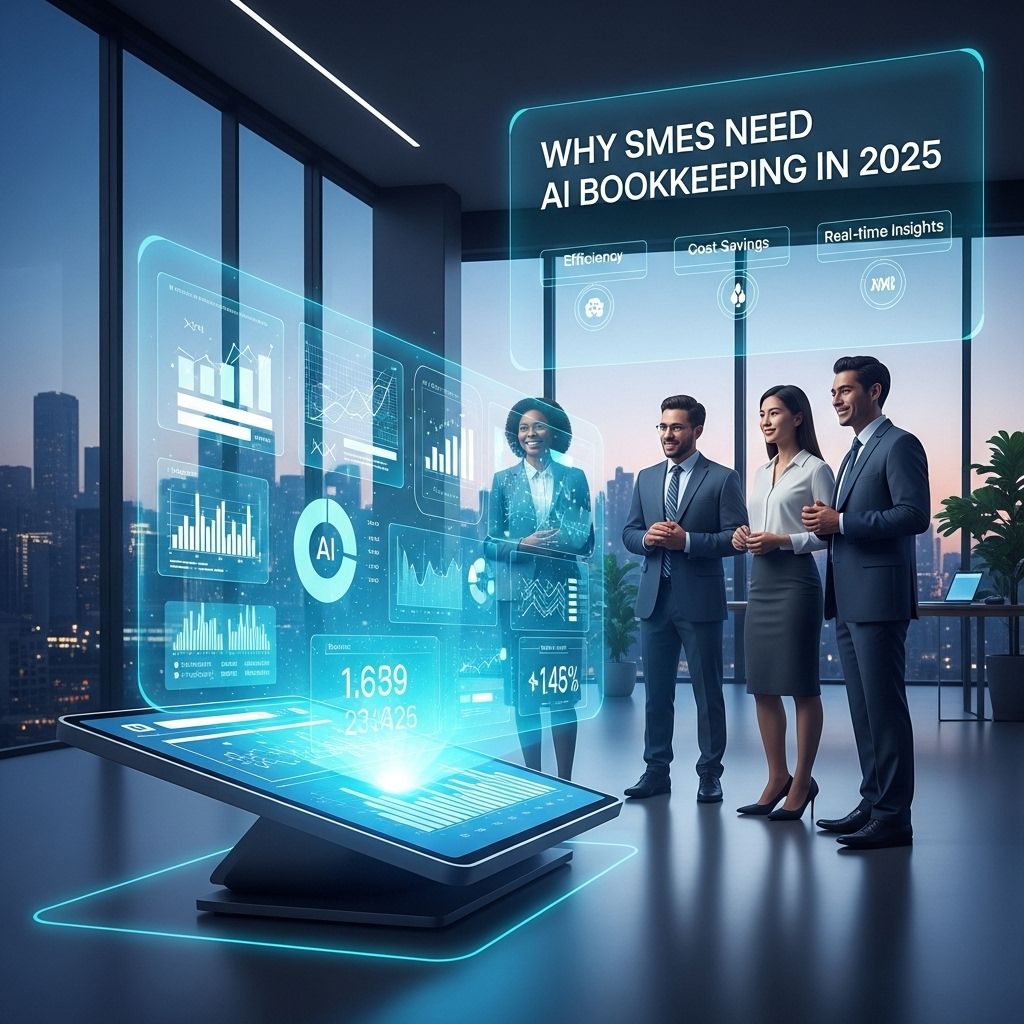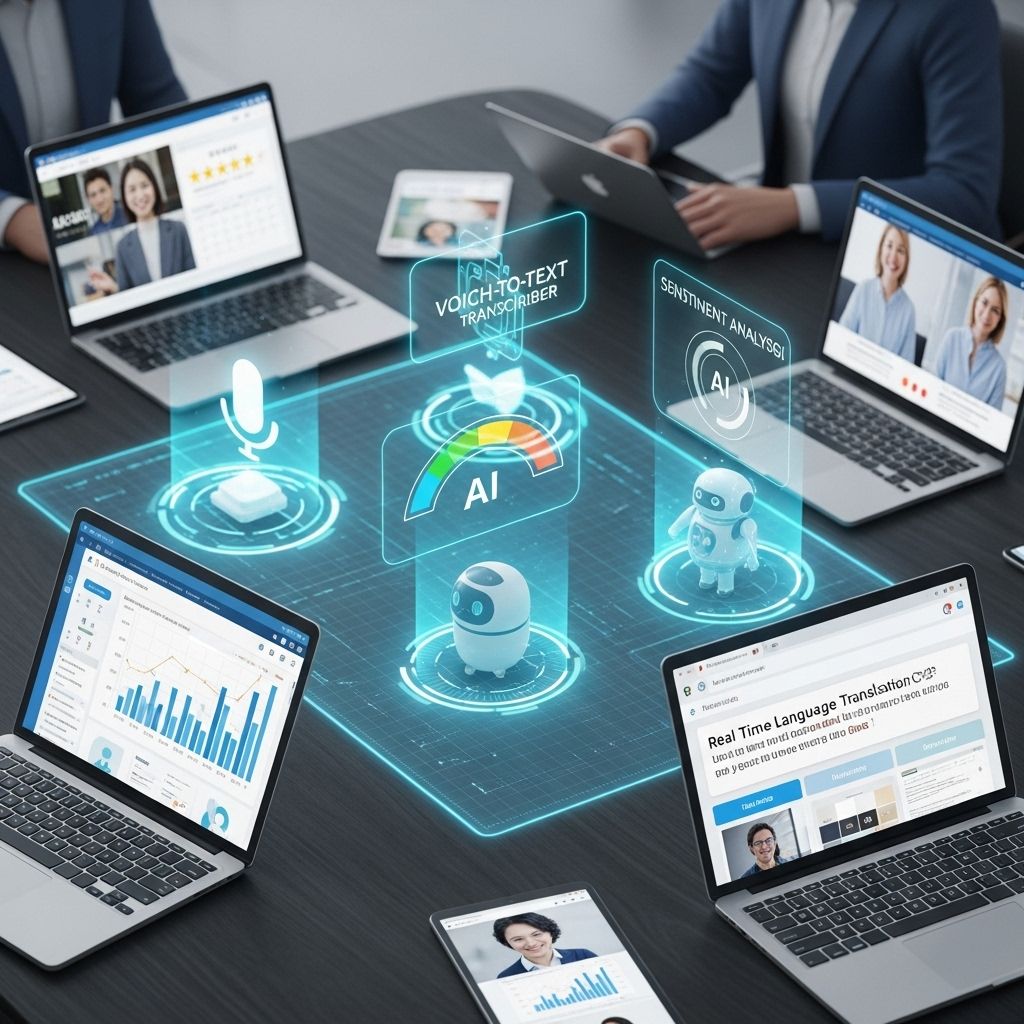Unlock Efficiency: Understanding Legacy Modernization Services
Explore how legacy modernization services can unlock efficiency in your business, streamline operations, and enhance overall productivity.

In the fast-paced world of technology, businesses are constantly seeking ways to improve efficiency and stay competitive. One of the most effective strategies for achieving these goals is through legacy modernization. This process involves updating outdated systems and software to utilize the latest technologies. By doing so, organizations can not only enhance their operational capabilities but also streamline workflows and reduce costs. In this article, we will explore the various aspects of legacy modernization services and how they can significantly impact a company’s success.
Table of Contents
Understanding Legacy Systems
Legacy systems refer to outdated computing systems, software applications, or technology that are still in use within an organization. These systems often pose various challenges, including:
- High Maintenance Costs: Older systems require more resources and time to maintain.
- Integration Issues: Legacy systems may not integrate well with new technologies.
- Security Risks: Outdated software can be vulnerable to cyber-attacks.
- Limited Functionality: Legacy systems may lack essential features present in modern solutions.
What is Legacy Modernization?
Legacy modernization is the process of transforming outdated systems into modern, efficient solutions that align with current business needs. This can include:
- Replatforming: Moving applications to new platforms.
- Refactoring: Revising and optimizing existing code without changing its external behavior.
- Rebuilding: Creating new applications from scratch while maintaining the core functionalities.
- Replacing: Completely replacing outdated systems with modern solutions.
The Importance of Legacy Modernization
Organizations that engage in legacy modernization can reap numerous benefits, such as:
- Increased Agility: Modern systems can adapt quickly to changes in the market.
- Enhanced Performance: New technologies typically offer improved speed and efficiency.
- Better User Experience: Modernized interfaces are often more user-friendly.
- Cost Savings: Reducing maintenance costs frees up resources for innovation.
- Improved Security: Updating systems helps protect sensitive data from threats.
Key Components of Legacy Modernization Services
When considering legacy modernization, it’s crucial to understand the various services involved:
1. Assessment and Planning
This initial phase involves analyzing the existing systems to identify pain points and areas for improvement. A well-structured assessment includes:
- Inventory of existing systems
- Evaluation of technology stack
- Understanding user needs and business goals
2. Strategy Development
Once the assessment is complete, a strategy is developed to guide the modernization process. This strategy may encompass:
- Deciding between replatforming, refactoring, rebuilding, or replacing systems
- Resource allocation and budgeting
- Establishing a timeline for implementation
3. Implementation
The implementation phase is where the actual modernization takes place. Key activities may include:
- Data migration to new systems
- Integration with other tools and platforms
- Testing and validation of new systems
4. Training and Support
To ensure a smooth transition, organizations must provide training for users on the new systems. Support services may include:
- Workshops and training sessions
- Documentation and user manuals
- Ongoing technical support
Challenges in Legacy Modernization
While the benefits are significant, there are also challenges associated with legacy modernization:
| Challenge | Description |
|---|---|
| Resistance to Change | Employees may be hesitant to adapt to new systems. |
| Integration Complexities | New systems must work seamlessly with existing tools. |
| Budget Constraints | Modernization can require substantial upfront investment. |
| Data Migration Risks | Transferring data can lead to loss or corruption if not managed properly. |
Best Practices for Successful Legacy Modernization
To navigate the complexities of modernization successfully, organizations should adhere to the following best practices:
- Engage Stakeholders: Involve key stakeholders early in the process for feedback and support.
- Prioritize Security: Ensure that security measures are integrated from the outset.
- Start Small: Consider pilot projects to minimize risks before full-scale implementation.
- Monitor and Adapt: Continuously assess the effectiveness of the new systems and be prepared to make adjustments.
Conclusion
Legacy modernization is not just a trend; it is a necessity for organizations looking to thrive in today’s technology-driven landscape. By updating outdated systems, businesses can enhance efficiency, reduce costs, and improve overall performance. Understanding the components, challenges, and best practices associated with this process will empower organizations to make informed decisions that lead to successful modernization efforts. In an age where agility and innovation are paramount, legacy modernization can unlock the full potential of an organization.
FAQ
What are legacy modernization services?
Legacy modernization services involve updating outdated software systems and applications to improve performance, security, and functionality while ensuring compatibility with current technologies.
Why is legacy modernization important for businesses?
Legacy modernization is crucial for businesses to enhance operational efficiency, reduce maintenance costs, improve security, and stay competitive in a rapidly evolving digital landscape.
What are the common challenges faced during legacy modernization?
Common challenges include data migration issues, integration with new systems, resistance to change from employees, and potential disruptions to business operations.
How can legacy modernization improve customer experience?
By modernizing legacy systems, businesses can provide faster, more reliable services, better user interfaces, and enhanced features, ultimately leading to improved customer satisfaction.
What technologies are typically used in legacy modernization?
Technologies used in legacy modernization often include cloud computing, microservices architecture, APIs, and modern programming languages like Java, Python, or JavaScript.
How do I know if my organization needs legacy modernization?
Signs that your organization may need legacy modernization include frequent system failures, high maintenance costs, slow performance, and challenges in integrating with new technologies.

